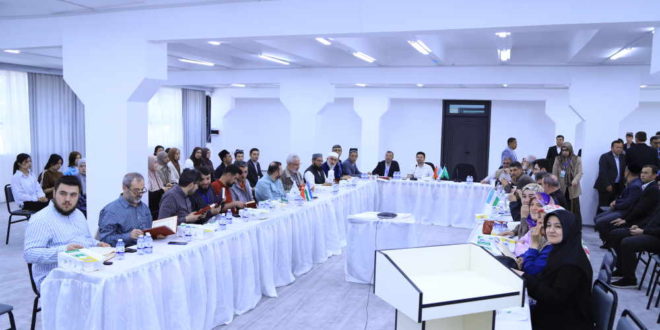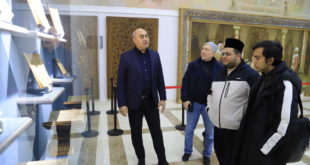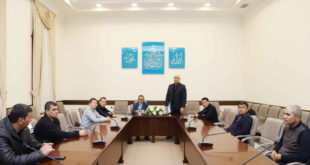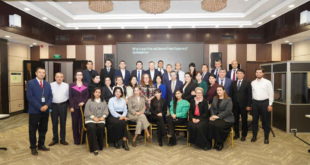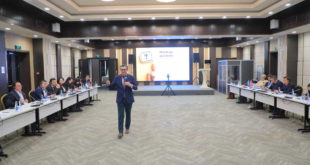On April 15, an international scientific-practical conference titled “Imam Bukhari’s Contribution to the Development of Science” commenced at the Imam Bukhari International Research Center. As scheduled, the conference continued on April 16 at the Samarkand campus of Oriental University.
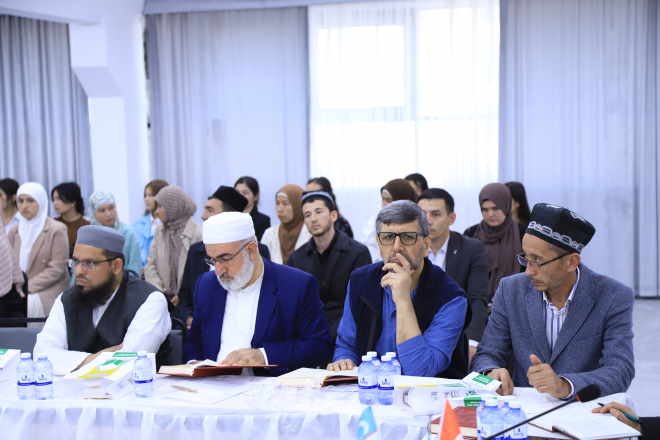
The event featured four thematic sessions covering diverse and intellectually engaging topics, including hadith studies, Islamic jurisprudence, language and literature, philosophy, social sciences, and modern methodologies of ефаышк.
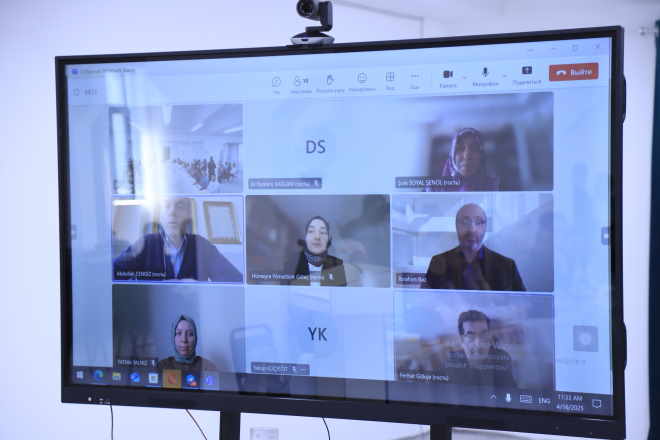
Several presentations emphasized that Imam Bukhari’s works are not only valuable historical sources but also hold significant relevance in addressing contemporary social issues such as family law, ethical values, child upbringing, and scholarly approaches to religious analysis. Notably, the poetic rhythm, stylistic elegance, logical conclusions, and precise linguistic rules in Sahih al-Bukhari were subject to scholarly examination. The conference also highlighted new research, bibliographic analyses, and modern social science approaches, as well as the influence of Islamic civilization on universal human values.
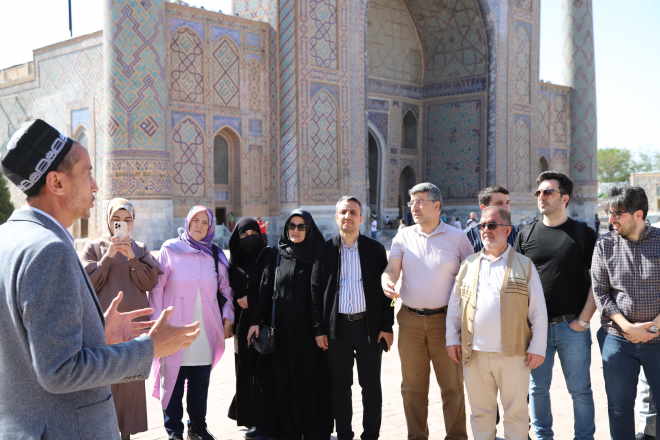
Scholars from Turkey, Uzbekistan, Malaysia, and other countries participated both online and offline, delivering presentations that contributed to a comprehensive understanding of Imam Bukhari’s legacy. They also addressed questions posed by attendees.
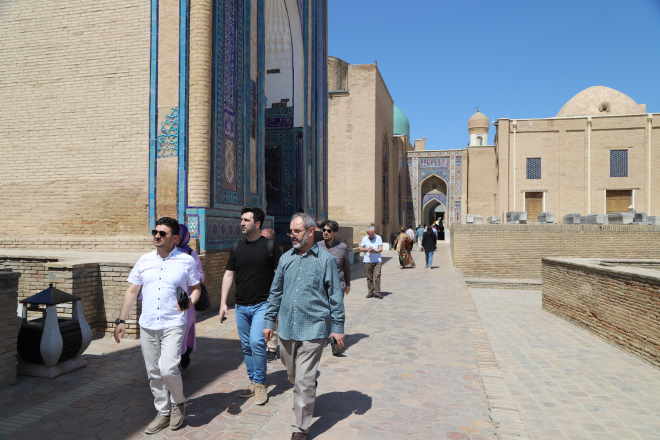
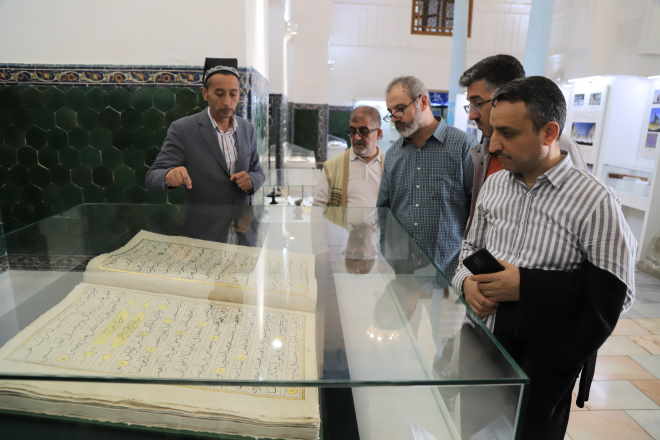
At the conclusion of the breakout sessions, dedicated time was allocated for discussions, feedback, and suggestions. Participants emphasized that Imam Bukhari’s scholarly legacy remains highly relevant not only in the realm of Islamic sciences but also within the framework of modern intellectual and academic thought.
In the afternoon, as a practical component of the event, participants were taken on a cultural tour of Samarkand’s historical and architectural landmarks. They visited the Registan ensemble, the Gur-e-Amir mausoleum, the Bibi-Khanym mosque, the Shah-i-Zinda complex, and the Imam Maturidi shrine. This allowed them to not only experience the environment in which great scholars once lived and worked, but also to closely engage with the vivid examples of Islamic civilization embodied in the city of Samarkand.
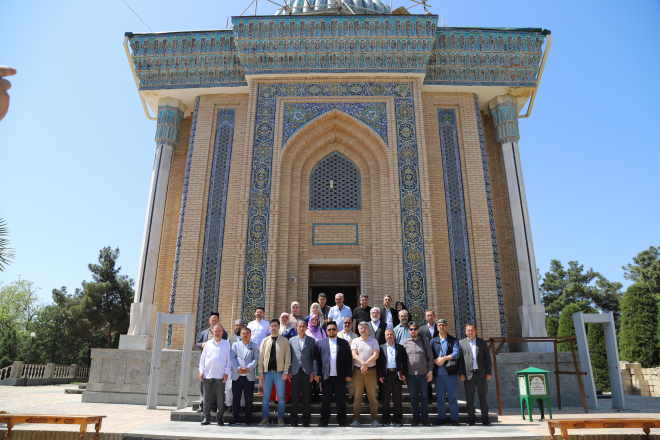
This practical segment further enriched the overall impressions of the conference, once again demonstrating that our nation’s historical heritage is deeply intertwined not only with scientific, but also with cultural and spiritual values.
At the conclusion of this prestigious conference—marked by scholarly discussions, educational tours, and dynamic exchanges of ideas—participants expressed their deep satisfaction with the event’s high level of organization, its rich content, and its practical significance. Held in Samarkand, the conference served not only as a symbol of respect for historical legacy but also as a significant platform for scientific dialogue that once again united and strengthened the global academic community.
 Imom Buxoriy xalqaro ilmiy-tadqiqot markazi bukhari.uz
Imom Buxoriy xalqaro ilmiy-tadqiqot markazi bukhari.uz
